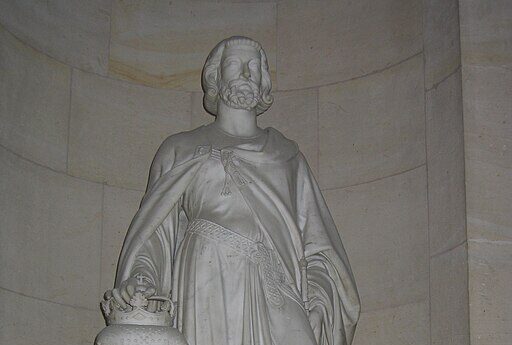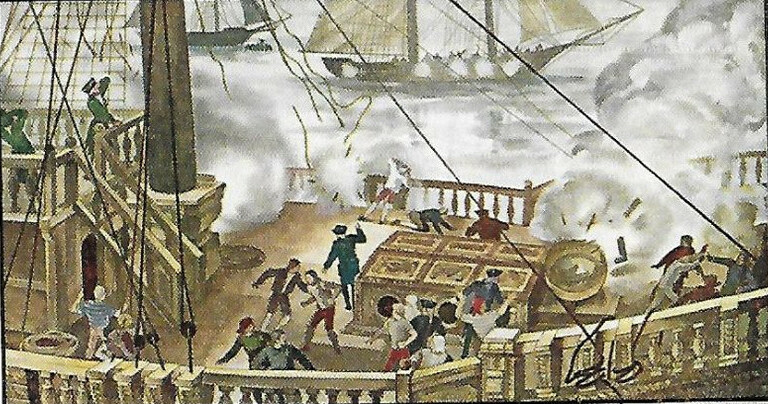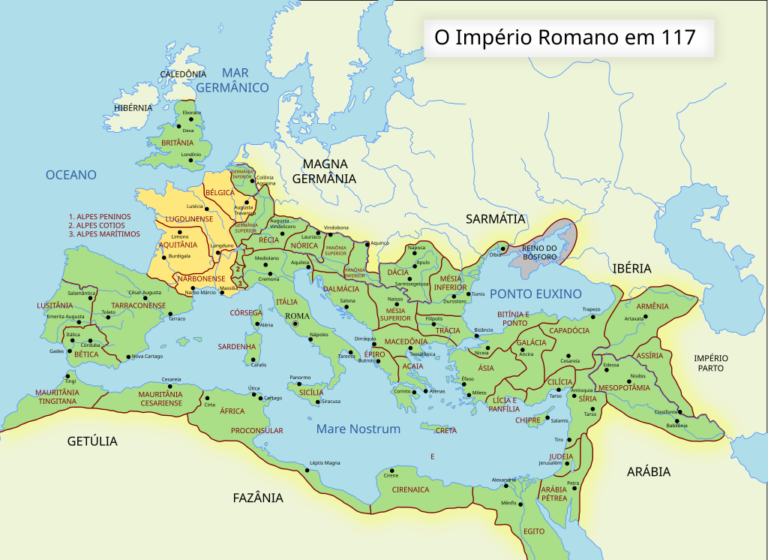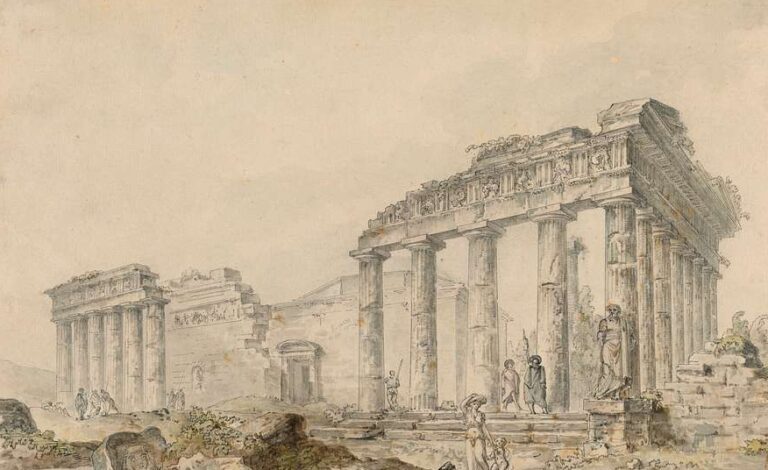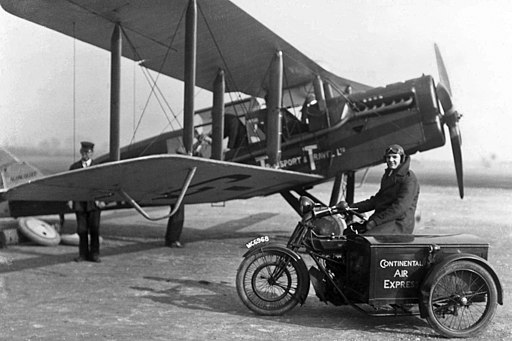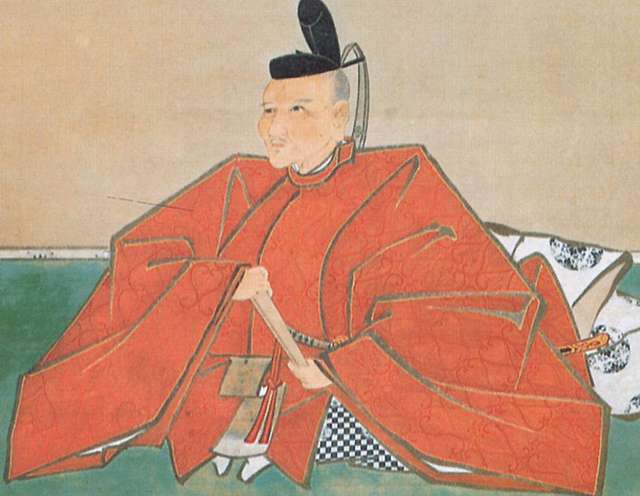
From its early days as a land of hunter-gatherers and agricultural communities to its rise as a modern industrial power, Japan’s story is one of resilience, transformation, and adaptability. Here’s a concise synopsis of Japan’s history, organized by its major periods:
Prehistoric and Ancient Japan
Jomon Period (14,000 BCE – 300 BCE):
Marked by a hunter-gatherer lifestyle and the development of pottery with distinctive cord patterns. This period saw the emergence of early settled communities.
Yayoi Period (300 BCE – 250 CE):
Introduction of wet-rice agriculture, metal tools, and weaving techniques from the Asian mainland. Social stratification and centralized communities began to form.
Kofun Period (250 – 538):
Characterized by large burial mounds (kofun) for elites, this period saw the consolidation of political power under the Yamato court. Early Shinto practices began to take shape.
Classical Japan
Asuka Period (538 – 710):
Introduction of Buddhism, Confucianism, and Chinese writing systems. The Taika Reforms (645) laid the foundation for centralized government inspired by Chinese models.
Nara Period (710 – 794):
Establishment of the first permanent capital in Nara. Buddhism flourished, with the creation of grand temples such as Todai-ji. The Kojiki and Nihon Shoki, the first written records of Japan, were compiled.
Heian Period (794 – 1185):
A golden age of court culture and literature, epitomized by The Tale of Genji by Murasaki Shikibu. Political power gradually shifted from the emperor to powerful aristocratic families like the Fujiwara.
Feudal Japan
Kamakura Period (1185 – 1333):
The establishment of the first shogunate under Minamoto no Yoritomo. The samurai class rose to prominence, and Zen Buddhism gained influence. Mongol invasions (1274, 1281) were repelled, aided by the “kamikaze” (divine winds).
Muromachi Period (1336 – 1573):
Marked by the Ashikaga shogunate, this era saw the flourishing of arts such as Noh theater and ink painting. The Onin War (1467–1477) initiated the Sengoku (Warring States) period of civil conflict.
Azuchi-Momoyama Period (1573 – 1603):
Unification efforts by Oda Nobunaga, Toyotomi Hideyoshi, and Tokugawa Ieyasu brought an end to the chaos of the Sengoku period. Introduction of firearms and Christianity by European traders and missionaries.
Early Modern Japan
Edo Period (1603 – 1868):
Tokugawa Ieyasu emerged victorious at the Battle of Sekigahara (1600), consolidating power and establishing the Tokugawa shogunate in 1603. The capital was established in Edo (modern-day Tokyo), which grew into a political, economic, and cultural hub. The emperor remained a symbolic figure in Kyoto, while the shogunate held actual political power.
The Tokugawa shogunate instituted a rigid class hierarchy:
- Samurai: Warrior class, serving as bureaucrats and retainers of the daimyo (feudal lords).
- Farmers: Valued for their role in producing food.
- Artisans: Respected for their craftsmanship.
- Merchants: Though at the bottom of the hierarchy, many became wealthy and influential over time.
The shogunate maintained strict control over the daimyo through the Sankin-kotai (alternate attendance system), which required them to spend alternate years in Edo, leaving their families there as hostages.
The Tokugawa shogunate implemented the sakoku (closed country) policy in the 1630s, severely restricting foreign contact and trade.
- Trade was limited to specific ports like Nagasaki, where Dutch and Chinese merchants were allowed under strict supervision.
- Christianity, introduced by European missionaries, was banned, and Christians were persecuted to maintain social harmony.
Despite isolation, Japan maintained knowledge of global developments through the Dutch, fostering a field known as Rangaku (Dutch Learning), which introduced Western science and medicine.
The Edo Period saw the rise of ukiyo-e woodblock prints, depicting landscapes, kabuki actors, and scenes from everyday life. Artists like Hokusai and Hiroshige became iconic. Kabuki theater and bunraku (puppet theater) flourished as popular entertainment. Literature thrived, with authors like Ihara Saikaku writing about merchant life and Matsuo Basho elevating haiku poetry.
Despite peace and prosperity, the Tokugawa regime faced challenges:
- Economic Inequality: Merchants gained wealth, while samurai, restricted from engaging in commerce, often fell into debt.
- Peasant Unrest: Heavy taxation and famines led to periodic uprisings, such as the Tenpo Rebellion (1837).
- Foreign Pressure: By the 19th century, Western powers began demanding access to Japan, culminating in the arrival of Commodore Matthew Perry and his “Black Ships” in 1853.
- The shogunate’s inability to address domestic unrest and foreign threats led to its decline. The Meiji Restoration of 1868 marked the end of the Edo Period, as power was restored to the emperor, and Japan began its rapid modernization.
Modern Japan
Meiji Period (1868 – 1912):
In 1868, Emperor Meiji (then just 15 years old) was declared the symbolic ruler of Japan, ending the rule of the Tokugawa shogunate. The capital was moved from Kyoto to Edo, renamed Tokyo (“Eastern Capital”), signifying a new era.
The Meiji leaders, many of whom were former samurai from Choshu and Satsuma, sought to modernize Japan based on Western models while maintaining Japanese sovereignty. Abolition of Feudalism:
- The traditional feudal domains (han) were replaced by prefectures governed by centrally appointed officials.
- Samurai privileges, including stipends and the right to carry swords, were abolished, leading to the creation of a new, more egalitarian military and bureaucratic class.
Constitutional Government:
- In 1889, the Meiji Constitution was promulgated, establishing a constitutional monarchy with a parliament (the Diet) and codifying individual rights.
- Power, however, remained concentrated in the hands of the emperor and a small oligarchy of advisors.
Land and Tax Reforms:
- The Land Tax Reform (1873) created a reliable revenue stream for the government, based on fixed land values.
- This incentivized private ownership and agricultural productivity.
Industrial Growth:
- Japan prioritized the development of heavy industries such as steel, shipbuilding, and textiles.
- Government-built infrastructure, including railways, telegraph systems, and modern ports, spurred economic activity.
- The establishment of zaibatsu (large family-owned conglomerates like Mitsubishi and Sumitomo) drove industrialization.
Taisho Period (1912 – 1926):
An era of democratic reforms and cultural openness, though marked by growing economic disparity and political instability.
Showa Period (1926 – 1989):
Early Showa saw militarism and expansionism, culminating in Japan’s involvement in World War II (1937–1945). Postwar Japan was occupied by Allied forces, leading to democratization, economic recovery, and a period of rapid growth during the 1950s–1980s.
Heisei Period (1989 – 2019):
Characterized by economic stagnation after the bursting of the bubble economy. Japan faced challenges such as aging demographics, natural disasters, and political reforms.
Reiwa Period (2019 – Present):
The current era focuses on social challenges like population decline and environmental issues while maintaining a stable economy and global cultural influence.

